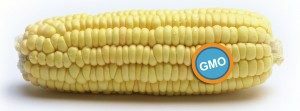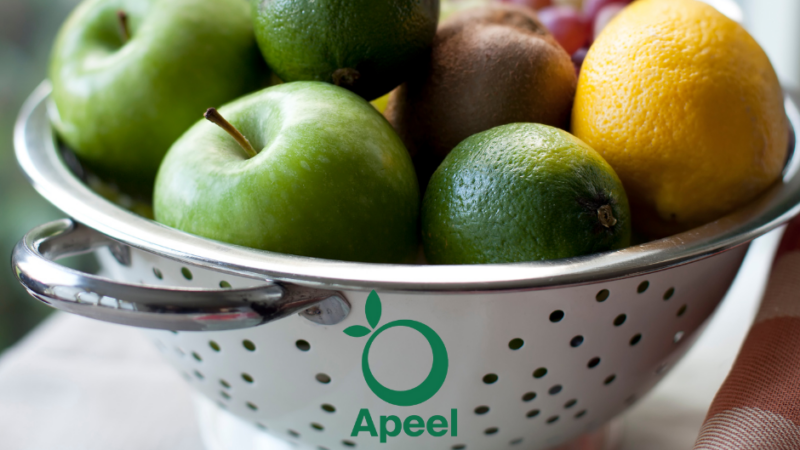Your Tax Money Will Now Pay for GMO Marketing Campaign NOT Safety Testing

HFI: Thanks to a recently passed spending bill, $3 MILLLION TAX PAYER DOLLARS will now be spent to convince the public that their concerns about GMO safety and the 26% increase in pesticide and herbicide application on their foods aren’t valid.
According to Beyond Pesticides.org
$3 MILLION of YOUR Tax Dollars are now going to be spent on education campaign – not safety testing.
Buried in the spending bill passed earlier this month to avert a government shutdown is a provision that allots $3 million for a federal outreach campaign promoting agricultural biotechnology and genetically engineered (GE) crops. The bill tasks the U.S. Food and Drug Administration (FDA), in coordination with the United States Department of Agriculture (USDA), to use these funds, “for consumer outreach and education regarding agricultural biotechnology and biotechnology-derived food products and animal feed…” According to the Washington Post, Democrats in Congress made a failed bid to move the funding towards FDA-run pediatric medical projects, but faced unanimous Republican opposition.

Under the provision, FDA and USDA will spend taxpayer money to create, “science-based educational information on the environmental, nutritional, food safety, economic, and humanitarian impacts of such biotechnology, food products, and feed.”
There is a lack of sufficient research completed about genetic engineering for human consumption. This new generation of GMO plants is requiring higher and higher doses of pesticides as insects and pests become resistant to genetic modifications in plants. This instead leads to increased — not reduced — dependence on pesticides and at higher doses.
“The Food and Drug Administration does not require safety assessments of GMO foods,”Caroline Kinsman, communications manager for the Non-GMO Project says, “and does not review all GMO products hitting the market. FDA guidelines are entirely voluntary and the patent holders themselves determine whether their products warrant analytical or toxicological tests.”
If such an endeavor were made truly in the public interest, educational materials produced by these agencies would reveal significant adverse effects in every listed topic. 2
GE crops, particularly those engineered to tolerate continuous applications of herbicides like glyphosate, are damaging to the environment. Significant increases in herbicide use as a result of these crops has been linked to the loss of milkweed habitat for Monarch butterflies, effects on soil health and soil organisms, and water contamination. There is no evidence GE foods are more nutritious than other foods in any way, and in fact studies consistently find organic products to have greater health benefits, with higher levels of essential nutrients than conventional foods. Food safety is no way enhanced with GE crops, as concerning levels of GE-dependent glyphosate herbicides have been found in the U.S. food supply, and studies find people who eat organic have lower pesticide levels in their body compared to those who eat conventional food.

What is GMO? Are you already eating it?
Genetically modified organisms — also called genetically engineered foods or trans-genetic hybrids — are organisms that have been created through application of transgenic, gene-splicing techniques. It’s a biotechnology that allows DNA, genetic material, from one species (animal, fungi, bacteria, even viral) to be transferred into another species producing a variety of desired traits. For example, genes from salmon can be spliced into tomatoes to make them more resistant to cold weather, helping farmers still reap a crop when the weather is not cooperating.
In the United States, 93 percent of soybeans and 88 percent of corn is genetically altered, and much of it ends up unlabeled in the processed foods we eat, especially cereals. In addition to soy and corn, the most common GMOs are cotton, canola, sugar beets, Hawaiian papaya, alfalfa and squash (zucchini and yellow). And like corn and soy, many of these items sneak into our food unannounced as added ingredients in the processed foods we eat.
Just Say No
to GMOs But Why?
Caroline Kinsman, communications manager for the Non-GMO Project, says the truth about GMOs is simple: GMOs show no improvements of any kind. Instead, she says, they tax the environment because of the increased and necessary pesticide use, and there are too many uncertainties of their effect on human health, especially long-term effects, which is a massive unknown due to the relatively young existence of GMOs. Some initial studies have shown GMOs to carry new toxins and new allergens.
The Non-GMO Project builds a non-GMO food supply, in part, by verifying and labeling products that meet its rigorous Standard. The Standard entails elements of traceability, segregation and testing at critical control points in the lifecycle of products. Many consumers may recognize the project’s butterfly label on many of their favorite natural foods.
“Americans have the right to know what’s in the food we’re eating and feeding to our families — we deserve an informed choice. Labeling genetically engineered ingredients provides consumers a choice. Informed choice is a fundamental right,” Kinsman says.
Consumers take concern on GMOs is twofold, she says. First, there is a lack of sufficient research completed about genetic engineering for human consumption. Second, this new generation of GMO plants is requiring higher and higher doses of pesticides as insects and pests become resistant to genetic modifications in plants. This instead leads to increased — not reduced — dependence on pesticides and at higher doses.
“The Food and Drug Administration does not require safety assessments of GMO foods,” Kinsman says, “and does not review all GMO products hitting the market. FDA guidelines are entirely voluntary and the patent holders themselves determine whether their products warrant analytical or toxicological tests.”
So until mandatory labeling hits the U.S., Kinsman recommends knowing which crops pose the highest risks (For a simple, printable list of companies that use Monsanto products, visit www.realfarmacy.com/printable-list-of-monsanto-owned-food-producers).






